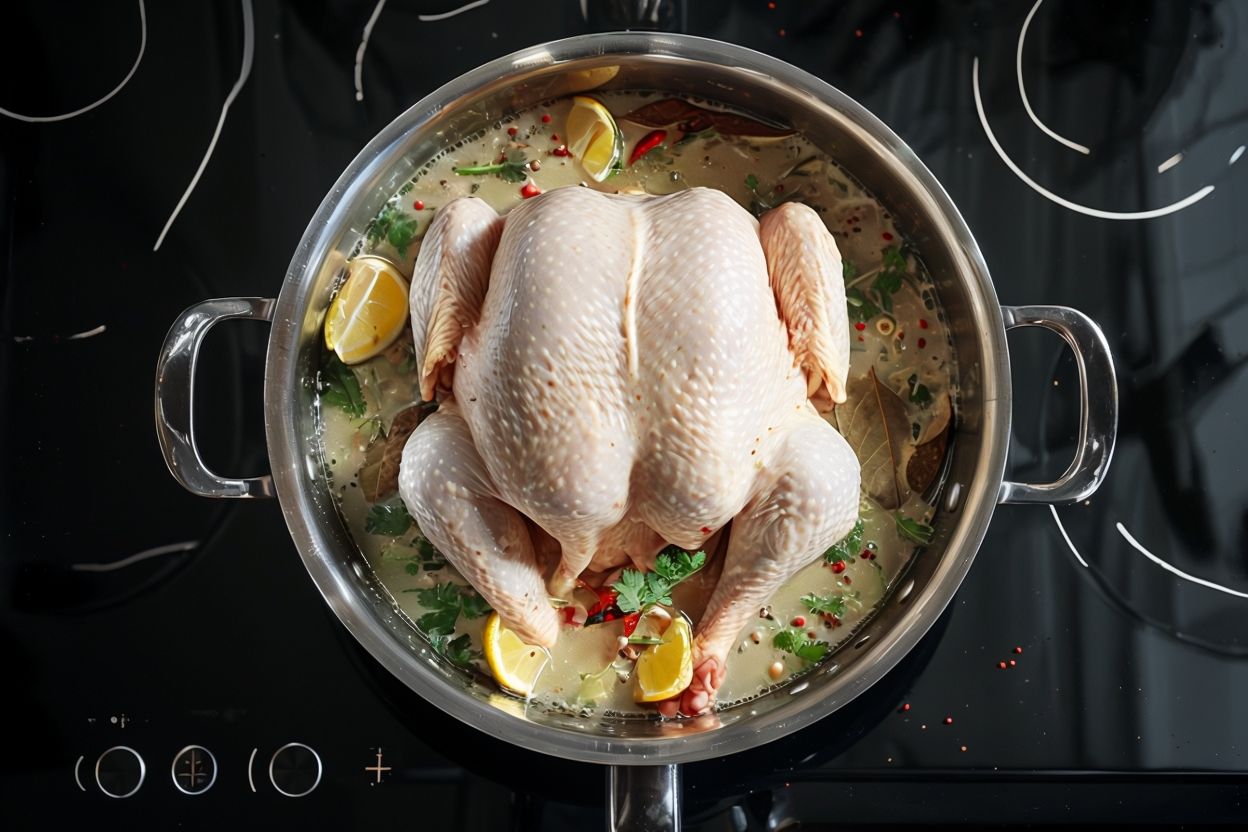Take your poultry dishes to the next level with our ultimate chicken brine recipe guide for 2024. This guide is perfect for grilling, smoking, frying, or baking. You’ll learn expert techniques, the best ingredients, and the right brining times for juicy, flavorful chicken every time.
Learn all about the benefits of brining and how to make the perfect brine solution. Find out how to pick the right chicken cuts, prepare the brine, and master the brining process. Your family and friends will love the tender, mouthwatering chicken you make.
Explore a world of flavor with our guide. Try different brine variations, like herbs and spices, and even overnight techniques. Whether you’re a seasoned chef or just starting out, this guide has everything you need to improve your poultry dishes in 2024.
Key Takeaways
- Unlock the secrets to perfectly brined chicken with this comprehensive guide
- Learn the benefits of brining and why it’s a game-changer for juicy, flavorful poultry
- Discover the essential ingredients and ratios for creating the perfect brine solution
- Explore brining techniques for grilling, smoking, frying, and more
- Experiment with flavorful brine variations using herbs, spices, and overnight techniques
Table of Contents
Introduction to Brining Chicken
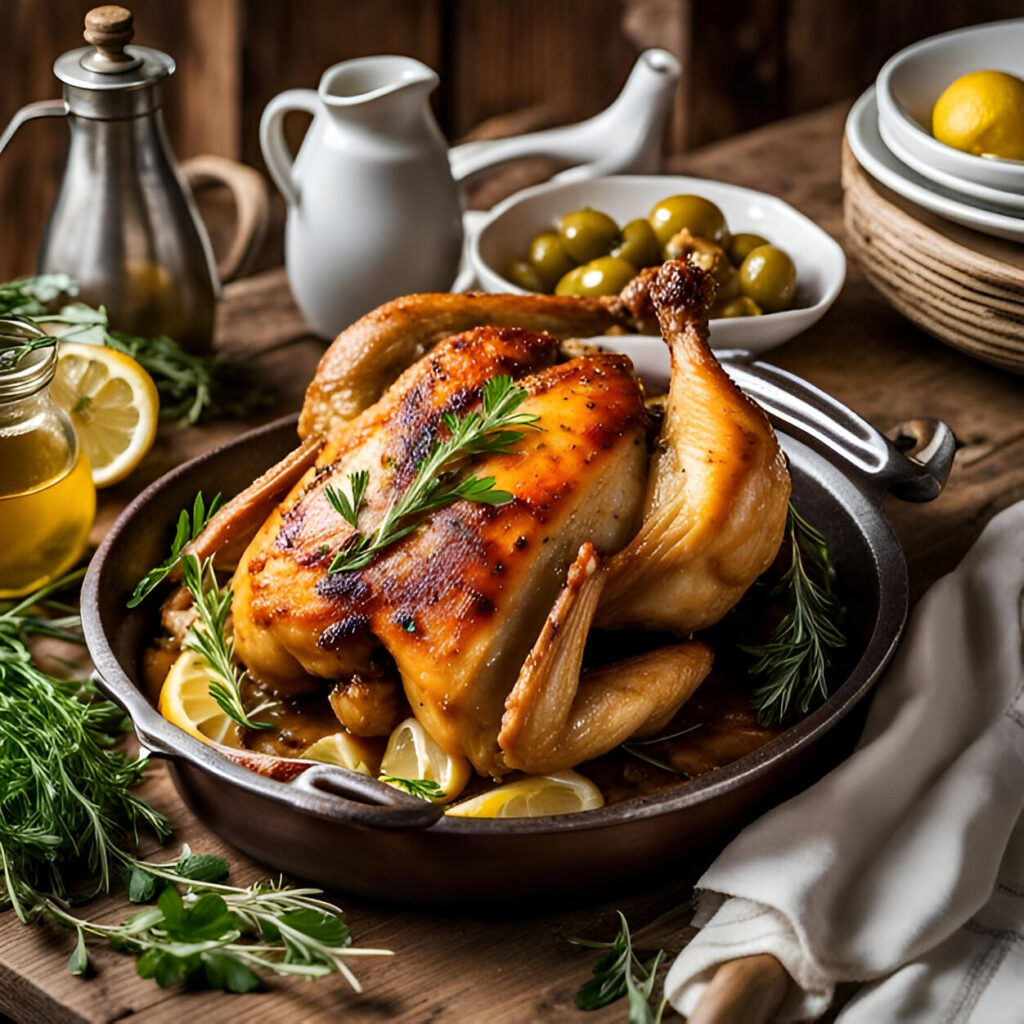
sesame chicken
Brining is a simple yet powerful technique for your poultry dishes. It involves soaking chicken in a salt-and-water solution. This method can make your chicken juicy, tender, and delicious. Learn the science behind brining and how it can enhance your cooking.
Why Brining Matters
Brining changes the game for chicken. It keeps the meat moist during cooking. The salt in the brine breaks down chicken proteins, making it absorb more liquid. This is key for avoiding dryness in drier cuts like breasts.
Benefits of Brined Chicken
- Improved juiciness and tenderness
- Enhanced flavor and seasoning penetration
- Reduced risk of overcooking
- Crispy skin when combined with high-heat cooking
- Versatile technique for a range of moist chicken dishes
Brining is a game-changer for grilling, baking, or frying chicken. It’s a simple step that can take your chicken to the next level. Discover the secrets of brining chicken and explore poultry brining techniques for amazing brining benefits in your kitchen.
Chicken Brine Recipe: Essential Ingredients
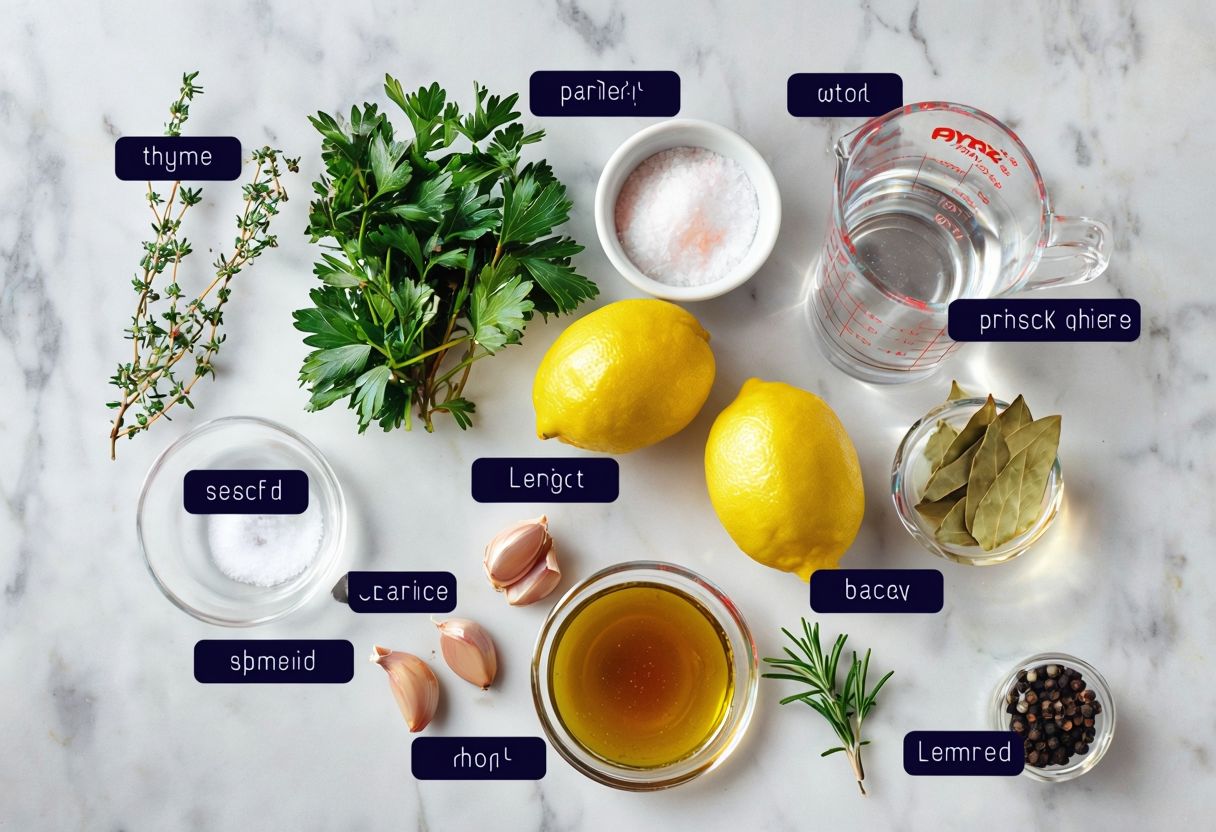
Making the perfect chicken brine is about mixing the right ingredients. You need salt, sugar, and spices to make it taste great. Each part is important for flavor and texture.
The Salt Factor
Salt is crucial for brining. It adds moisture and flavor to your chicken. Use 1/4 to 1/2 cup of kosher salt for every 1 gallon of water. This lets you adjust the taste to your liking.
Sweetening the Deal
Adding sweetness balances out the salt. Brown sugar, honey, or maple syrup work well. Use 2-4 tablespoons for every 1 gallon of water.
Aromatic Seasonings
- Peppercorns (whole or crushed)
- Garlic (minced or smashed)
- Fresh herbs (thyme, rosemary, sage)
- Citrus zest (lemon, orange, or lime)
- Bay leaves
- Whole spices (juniper berries, cloves, allspice)
These ingredients add flavor and aroma. Adjust the amounts to your taste.
“Brining is a game-changer for chicken. It’s the secret to juicy, flavorful results every time.”
For a great chicken brine recipe, balance salt, sugar, and spices. Try different brine ratios to find your favorite.
Choosing the Right Chicken Cut
Choosing the right chicken cut is key to a great brined chicken. Whether you pick a whole chicken or parts, and whether they’re bone-in or boneless, these choices affect the brining process. They also impact the chicken’s texture and taste.
Whole Chicken vs. Parts
Brining a whole chicken takes more time because the brine must reach every part. But, it looks impressive and offers different textures and flavors. Brining parts like breasts, thighs, or drumsticks is quicker and lets you customize the brine.
Bone-in or Boneless
Bone-in chicken stays juicier and tastier because the bones keep the meat moist. Boneless chicken, however, needs less brining and is easier to cook and serve. Think about your cooking style and what you like when choosing between bone-in and boneless.
| Chicken Cut | Advantages | Disadvantages |
|---|---|---|
| Whole Chicken | Dramatic presentationVariety of textures and flavors | Longer brining timeMore complex to prepare |
| Chicken Parts | Convenient and versatileTailored brining | Less dramatic presentation |
| Bone-in Chicken | Retains more moisture and flavor | Longer brining timeMore difficult to prepare |
| Boneless Chicken | Quicker brining timeVersatile in preparation | May lose some moisture and flavor |
Knowing the differences between whole chicken, parts, bone-in, and boneless helps you choose the best for brining. This way, you can make a delicious and juicy dish.
Preparing the Brine Solution
Brining chicken is key to juicy, flavorful meat. The secret is in the brine solution. You need to know the right mix of salt, sugar, and water.
Brine Ratio Guidelines
The basic brine ratio is 1/4 cup of salt for every 1 cup of water. This mix is important for seasoning and moisture. You can tweak it based on your taste or the chicken type.
For chicken breasts, a bit more salt helps since they’re drier. For chicken thighs or drumsticks, less salt keeps their flavor intact.
| Chicken Cut | Salt-to-Water Ratio | Suggested Brine Time |
|---|---|---|
| Whole Chicken | 1/4 cup salt per 1 cup water | 6-12 hours |
| Chicken Breasts | 1/3 cup salt per 1 cup water | 2-4 hours |
| Chicken Thighs/Drumsticks | 1/5 cup salt per 1 cup water | 4-8 hours |
Sugar can also be added to the brine for extra flavor and browning. Use 1-2 tablespoons of sugar for every 1 cup of water. Try different sweeteners like brown sugar or honey to find your favorite.
For a great brine, make sure the salt and sugar dissolve well. Stir until they’re fully mixed. Then, you’re set to brine your chicken for a delicious meal.
Essential Equipment for Cooking chicken brine recipe: CLICK ANY ONE ALL ON AMAZON

Brining Time: How Long is Enough?
Brining chicken is key to its texture and flavor. The brining time you pick can change everything. It can turn a chicken into a juicy, flavorful delight or leave it bland and salty. So, how long to brine chicken for the best taste?
For most chicken, brine for 30 minutes to 4 hours. Whole chickens and bone-in pieces need 2-4 hours. This lets the brine soak deep into the meat. Boneless, skinless chicken breasts, however, just need 30 minutes to an hour.
- Whole Chicken: 2-4 hours
- Bone-in Chicken Pieces: 2-4 hours
- Boneless, Skinless Chicken Breasts: 30 minutes to 1 hour
Remember, brining too long can make chicken too salty and soggy. The goal is to brine just enough to make it juicy and flavorful. This way, your chicken will be perfect for any recipe.
“The right brining time is the difference between a mediocre chicken and a truly exceptional one.”
Try different brining times to find what works best for you. By learning how long to brine chicken, you’ll make dishes that everyone will love. Your family and friends will be impressed.
Chicken Brine Recipe for Grilling
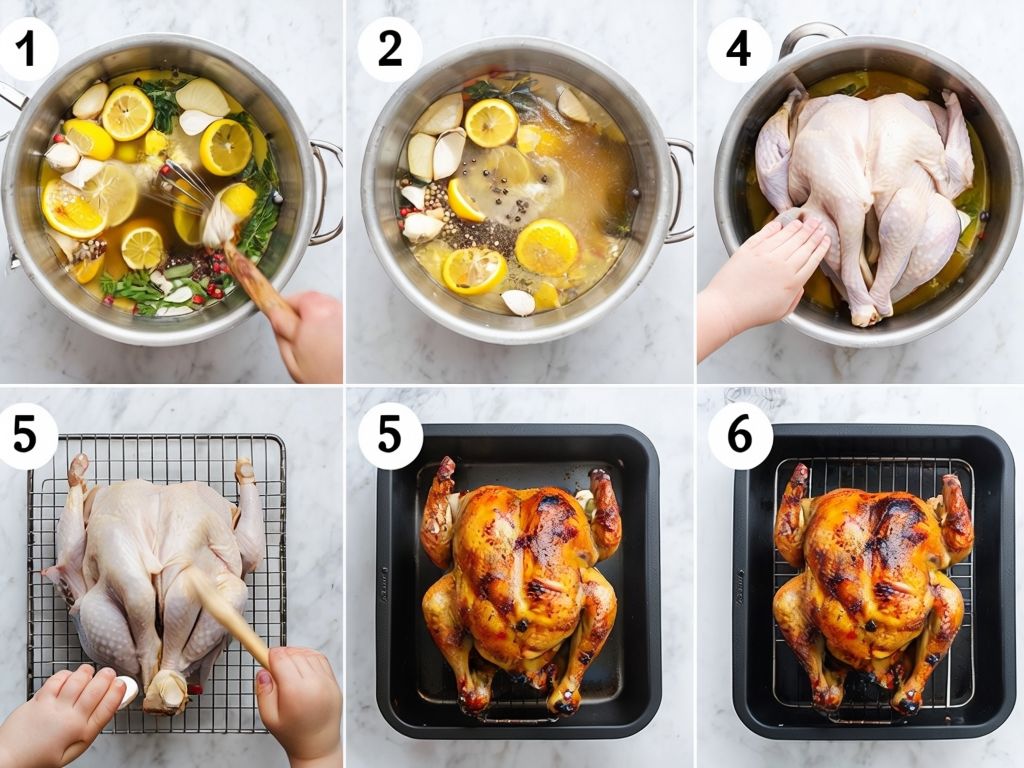
Grilling is a favorite way to enjoy brined chicken. The secret to tender, flavorful chicken is the brine. Soaking chicken in a savory brine before grilling opens up new flavors.
To make the best chicken brine for grilling, you need a few ingredients:
- Water
- Kosher salt
- Brown sugar
- Garlic cloves
- Fresh herbs (such as rosemary, thyme, or bay leaves)
The basic brine mix is 1/2 cup salt and 1/4 cup sugar per 1 gallon water. You can adjust these amounts based on your taste and chicken size.
To make the brine, mix water, salt, sugar, garlic, and herbs in a big container or bag. Put the chicken in the brine and chill for 2 to 6 hours. This lets the flavors soak into the meat, making the chicken juicy and tasty.
When it’s time to grill, take the chicken out of the brine and dry it. Let it warm up to room temperature. Heat your grill to medium-high and cook the chicken, turning it now and then, until it’s 165°F inside. The brine helps the chicken sear well, giving it a tasty crust while keeping it moist inside.
Enjoy your grilled brined chicken with your favorite sides for a great outdoor meal. The chicken brine recipe for grilling will be a hit in your home all summer.
Chicken Brine Recipe for Smoking
Want to make your smoked chicken better? Try a perfect chicken brine recipe. Brining makes your chicken moist, flavorful, and smoky. Here’s a simple brine recipe for your smoker.
Simple Chicken Brine for Smoking
To make a simple chicken brine, you need a few ingredients. The base is salt, sugar, and water. They season the chicken and keep it moist while smoking.
- 1 cup kosher salt
- 1/2 cup brown sugar
- 1 gallon (4 liters) of water
First, mix the salt, sugar, and water in a big container. Stir until everything dissolves. Then, soak your chicken in the brine, cover it, and chill for 4-8 hours.
The secret to great smoked chicken is the right mix of salt and sugar. This recipe gets it just right. It flavors your chicken and keeps it moist and tender.
| Ingredient | Quantity |
|---|---|
| Kosher Salt | 1 cup |
| Brown Sugar | 1/2 cup |
| Water | 1 gallon (4 liters) |
Chicken Breast Brine Recipe
Brining your chicken breasts keeps them juicy and full of flavor, even when cooked. The chicken breast brine recipe we’ll look at is perfect for bringing out the best in this cut. By following a few easy steps, you can make your chicken breasts tender and full of taste.
Brining chicken breast helps it stay moist during cooking. This is crucial for this lean cut, as it can dry out easily. With the right brine, your chicken will be tender and full of flavor in every bite.
| Ingredient | Amount |
|---|---|
| Water | 1 gallon |
| Kosher Salt | 1/2 cup |
| Brown Sugar | 1/4 cup |
| Garlic Cloves, minced | 4 |
| Fresh Thyme Sprigs | 4 |
To make the chicken breast brine recipe, mix all the ingredients in a big container. Use a stockpot or large bowl. Stir until the salt and sugar dissolve. Then, add your chicken breasts, making sure they’re covered in the brine. Cover and chill for 2 to 4 hours, depending on the chicken’s thickness.
After brining, take out the chicken, rinse it under cold water, and dry it with paper towels. Now, you’re ready to cook your brined chicken breasts however you like. Grill, bake, or pan-sear them. Enjoy the juicy, flavorful chicken from your homemade brine recipe!
Chicken Brine Recipe for Frying
Getting perfect fried chicken starts with brining. By soaking your chicken in a flavorful brine before frying, you get moist, juicy, and crispy results. Here, we’ll look at a simple brine recipe for frying.
Simple Chicken Brine for Frying
The secret to a great fried chicken brine is the right mix of flavors and the perfect brine-to-chicken ratio. Here’s a simple yet effective recipe to try:
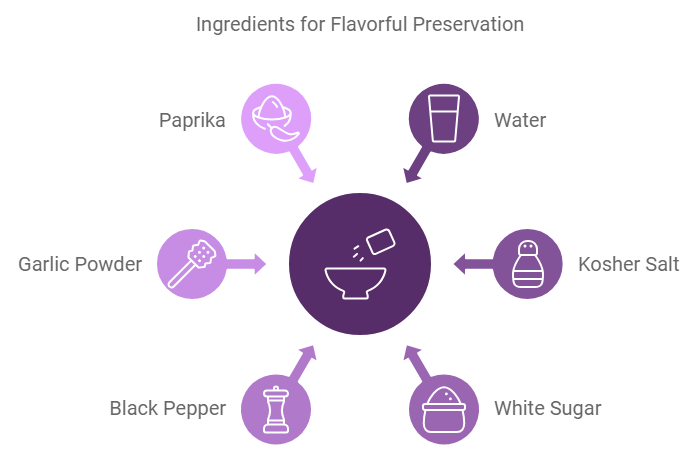
- 1 cup of water
- 1/4 cup of kosher salt
- 2 tablespoons of white sugar
- 1 teaspoon of black pepper
- 1 teaspoon of garlic powder
- 1/2 teaspoon of paprika
To make the brine, mix all the ingredients in a large bowl or container. Stir until the salt and sugar dissolve. Add your chicken pieces, cover, and refrigerate for at least 2 hours. Or up to 12 hours for even more flavor and tenderness.
When it’s time to fry, take the chicken out of the brine. Pat it dry and cook it as you like. The brine will give the chicken a golden-brown, crispy outside. And keep the meat juicy and flavorful inside.
| Ingredient | Amount |
|---|---|
| Water | 1 cup |
| Kosher Salt | 1/4 cup |
| White Sugar | 2 tablespoons |
| Black Pepper | 1 teaspoon |
| Garlic Powder | 1 teaspoon |
| Paprika | 1/2 teaspoon |
Using this simple chicken brine recipe for frying will give you the perfect flavor and texture in your fried chicken. Try different spices and herbs to make your own unique brine. And enjoy the delicious results!
Overnight Chicken Brine Techniques
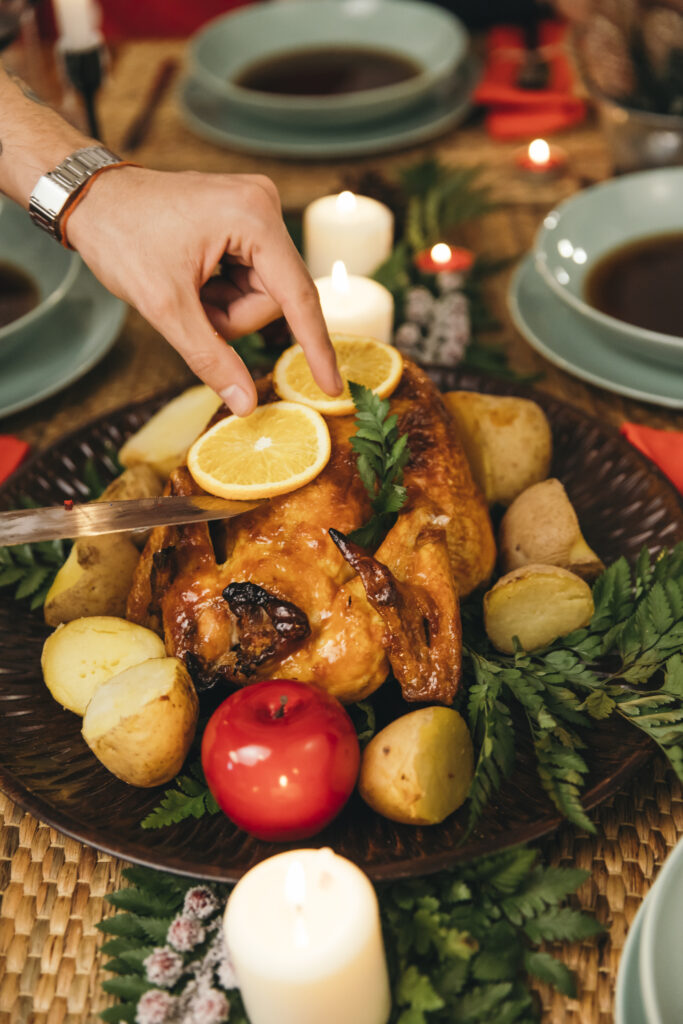
Brining your chicken overnight changes the game for flavor and tenderness. Soaking it in brine for a long time opens up new flavors. You can get juicy grilled chicken or crispy fried chicken with this method.
The overnight brine infuses your chicken with amazing flavors. The brine goes deep into the meat, making every bite full of taste. You can use classic salt and water or try herbs and spices for a unique taste.
The brine also makes the chicken tender. It breaks down tough fibers, making the chicken soft and juicy. This is great for lean cuts like chicken breasts, which can get dry otherwise.
To get the best results, follow these steps:
- Make your brine solution with the right salt to water ratio.
- Put the chicken in the brine, making sure it’s fully covered.
- Cover it and refrigerate for 8-12 hours, or up to 24 hours for more flavor.
- Before cooking, take the chicken out, rinse it, and dry it.
- Cook the chicken as you like, whether grilling, smoking, or frying.
With the overnight chicken brine, you’ll discover new flavors in your chicken. Your poultry dishes will be juicier and more flavorful than ever before.
Flavorful Brine Variations
Using a well-crafted brine can make your chicken dishes even better. You can add many herbs and spices to the basic brine. This way, you can make your chicken taste exactly how you like it.
Herbs and Spices to Try
Try different herbs and spices to make your chicken brine special. Here are some ideas:
- Fresh herbs like rosemary, thyme, sage, or oregano
- Peppercorns, whole or crushed
- Garlic cloves, minced or sliced
- Crushed red pepper flakes or cayenne pepper for a spicy kick
- Bay leaves for a warm, earthy flavor
- Citrus zest, such as lemon or orange, to brighten the brine
- Whole spices like coriander, fennel, or star anise
There are so many options, and you can mix them in many ways. Try your favorite herbs and spices to make a brine variation that you love.
| Brine Ingredient | Flavor Profile | Suggested Dish Pairing |
|---|---|---|
| Rosemary | Earthy, piney | Roasted Chicken |
| Lemon Zest | Bright, citrusy | Grilled Chicken |
| Crushed Red Pepper | Spicy, bold | Fried Chicken |
| Coriander | Warm, slightly nutty | Smoked Chicken |
Conclusion
Mastering the chicken brine recipe is key to juicy, flavorful chicken. This guide offers tips and techniques to help you. You’ll impress everyone with your moist, tasty chicken.
Grilling, smoking, frying, or baking? The right chicken brine recipe makes a big difference. Try different flavors and methods to create your own signature dishes.
Brining unlocks chicken’s full flavor. With this knowledge, you’re ready to make delicious, succulent chicken. Start exploring the perfect chicken brine recipe for you.
FAQ
What are the key ingredients in a chicken brine recipe?
A chicken brine recipe needs salt, sugar, and seasonings or herbs. The right mix is about 1/4 cup of salt and sugar for every quart of water.
How long should you brine chicken?
Brining time varies by chicken cut. Whole chickens need 12 to 24 hours. Chicken parts like breasts or thighs brine for 4 to 8 hours. Longer brining makes chicken juicier and more flavorful.
What are the benefits of brining chicken?
Brining chicken makes it juicier, tender, and tastier. It keeps moisture in during cooking, making the chicken succulent. It also seasons the chicken from the inside.
How do I prepare the brine solution?
Start by dissolving salt and sugar in hot water. Let it cool before soaking the chicken. You can add herbs, spices, or aromatics for extra flavor.
How do I brine chicken for grilling?
For grilling, use a brine that complements smoky flavors. A simple mix of salt, sugar, lemon, and herbs works well. Brine for 4 to 8 hours, then dry and grill.
What’s the best way to brine chicken for smoking?
For smoking, choose a brine that enhances flavors and keeps moisture. A simple brine with salt, sugar, and herbs is good. Brine for 12 to 24 hours before smoking.
How do I brine chicken breasts?
Brining chicken breasts keeps them juicy and flavorful. Use a brine with more salt, about 1/3 cup per quart of water. Brine for 4 to 8 hours before cooking.
How do I brine chicken for frying?
Brining for frying makes the chicken crispy outside and juicy inside. A brine with salt, sugar, and buttermilk or spices is good. Brine for 4 to 8 hours before frying.
Can I brine chicken overnight?
Yes, overnight brining makes chicken very flavorful and tender. It allows flavors to deeply penetrate the meat. Just be careful not to overdo it, as it can be too salty.

